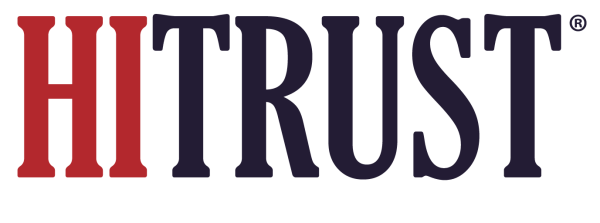Table 1. Comparison of Various Risk Management Processes
Table 2. Impact Codes
Table 3. Risk Scales
Table 4. Organizational-level Evaluation Criteria
Table 5. Potential Interoperability of the HITRUST RMF
Table 6. Potential Interoperability of Various Prominent Risk Management Standards, Frameworks, & Methodologies


